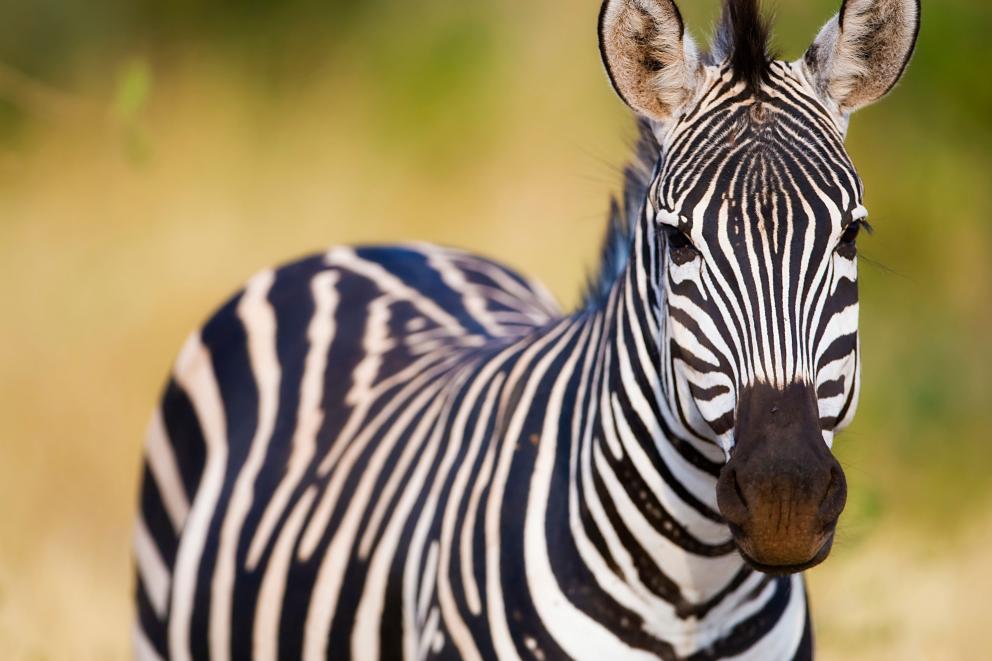You are here
World Wildlife Day 2024

World Wildlife Day 2024, celebrated on March 3, focuses on the theme "Connecting People and Planet: Exploring Digital Innovation in Wildlife Conservation." This theme underscores the pivotal role of digital technologies in advancing wildlife conservation efforts. In recent years, innovations in artificial intelligence (AI) and machine learning, drones, satellite technology, and other technologies have significantly contributed to the protection and study of wildlife and their habitats.
AI and Machine Learning
AI and machine learning have emerged as crucial accelerators for wildlife research and conservation actions. AI in wildlife conservation is instrumental in processing large ecological datasets, enabling a deeper understanding of animal behavior, and combating poaching and biodiversity loss. Machine learning algorithms can analyze camera trap images, identifying and tracking wildlife across vast areas. This not only aids in monitoring endangered species but also in understanding their behaviors and movements in real-time. The integration of machine learning with community science efforts, such as the Great Grevy’s Rally in Kenya, demonstrates the power of combining technology with public engagement for wildlife monitoring
Drones
Drones, or Unmanned Aerial Vehicles (UAVs), have proven to be invaluable in conservation work. Their ability to capture high-quality images and videos from difficult-to-reach areas has revolutionized the monitoring and management of wildlife and their habitats. Drones have been used for a variety of purposes, including tracking bison movements, mapping healthy versus sick trees, collecting biological material, and capturing before-and-after images of conservation efforts like prescribed fires. The Nature Conservancy in Colorado, for example, has utilized drones to further its conservation goals, demonstrating the technology's potential to enhance land, water, and forest conservation efforts.
Satellite Technology
Satellite remote sensing has significantly impacted wildlife management and conservation by providing detailed insights into wildlife habitats and ecosystems from space. This technology enables the monitoring of vast areas, offering a bird's-eye view that is impossible to achieve through ground-based surveys alone. Satellite remote sensing facilitates the collection of high-resolution images and data, allowing for accurate analysis of habitat changes, population densities, and migratory patterns. It also supports non-intrusive monitoring of species, providing real-time data that is crucial for timely decision-making in wildlife conservation efforts.
Blockchain
Blockchain technology holds promise for enhancing transparency and traceability in the trade of wildlife products. By securely recording transactions on a decentralized ledger, blockchain can help combat illegal wildlife trafficking and ensure that trade in wildlife products is sustainable, legal, and traceable. This technology can complement efforts in monitoring and regulation, contributing to the broader goals of wildlife conservation.
Revolutionizing Wildlife Conservation
Digital innovations are playing a transformative role in wildlife conservation, offering new tools and approaches to protect the planet's biodiversity. As we celebrate World Wildlife Day 2024, it's clear that the integration of AI and machine learning, drones, satellite technology, and other technologies into conservation strategies is not only enhancing our understanding of wildlife and their habitats but also empowering efforts to preserve them for future generations.
